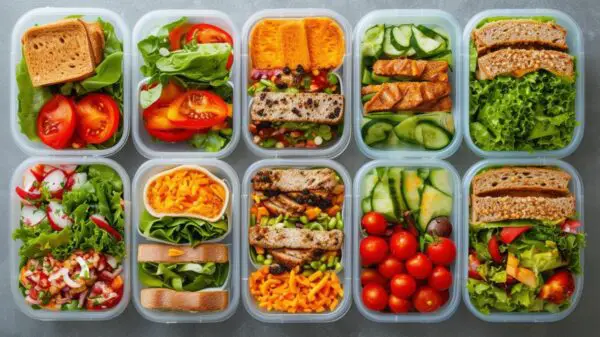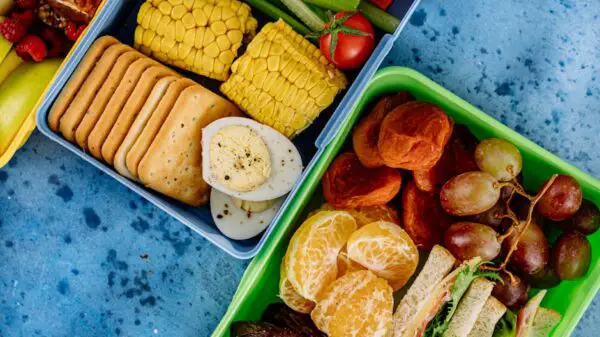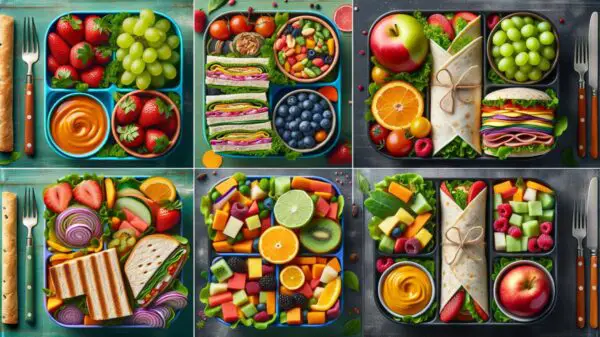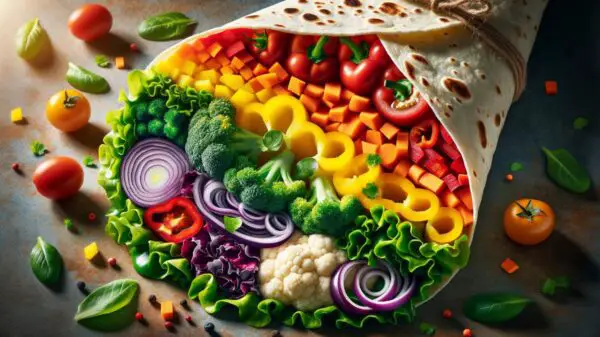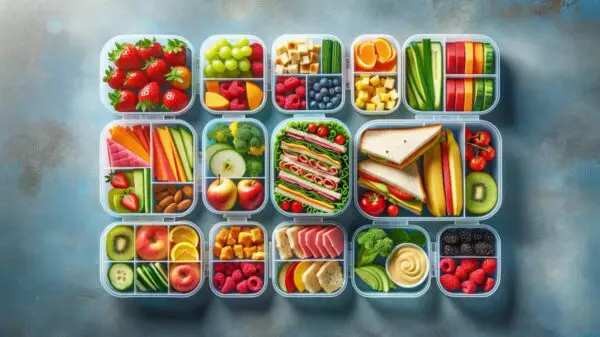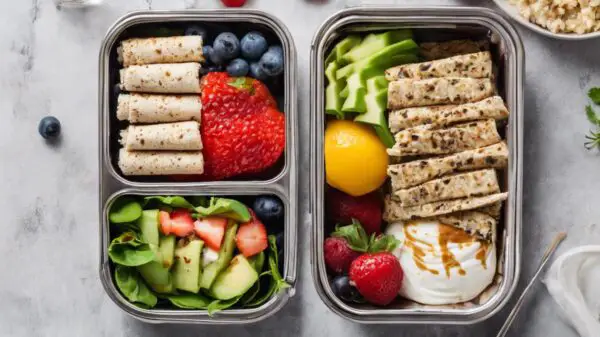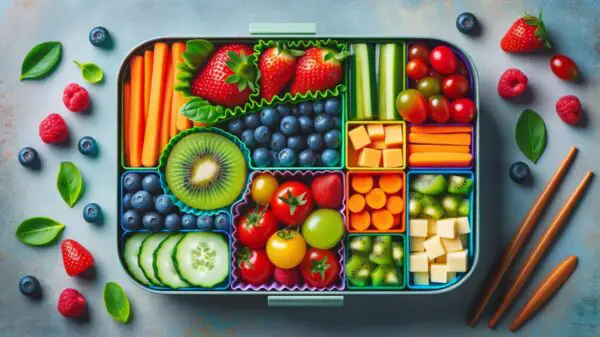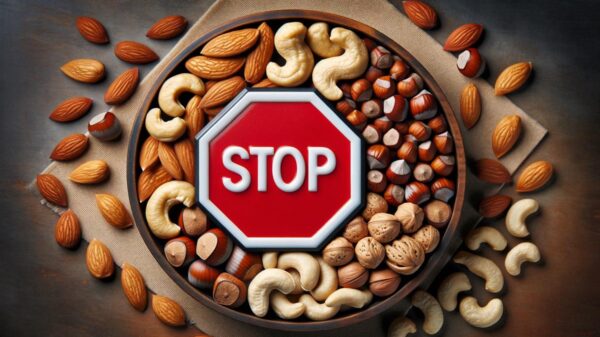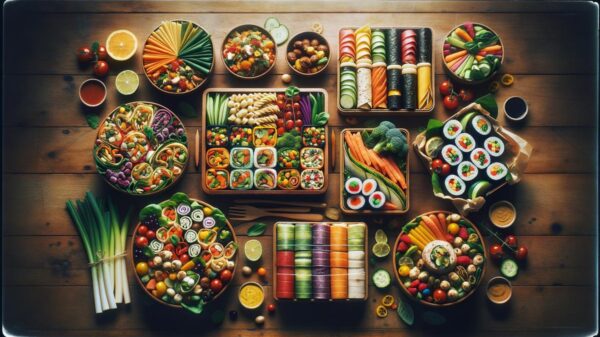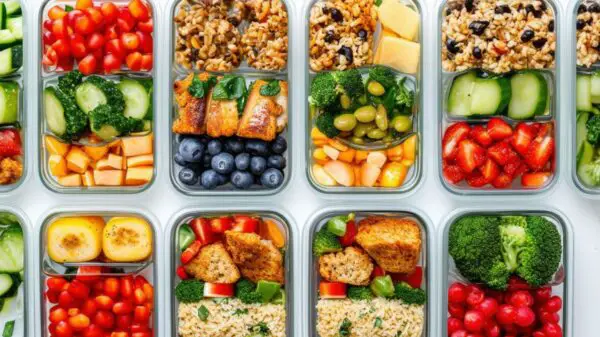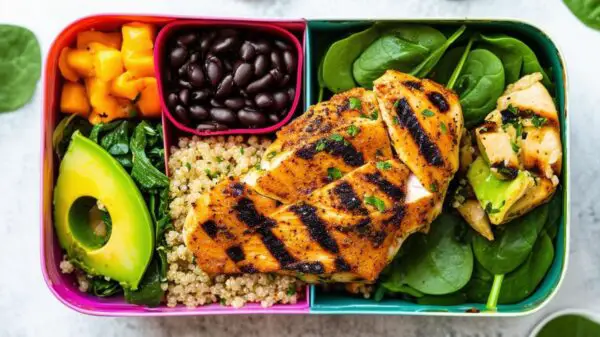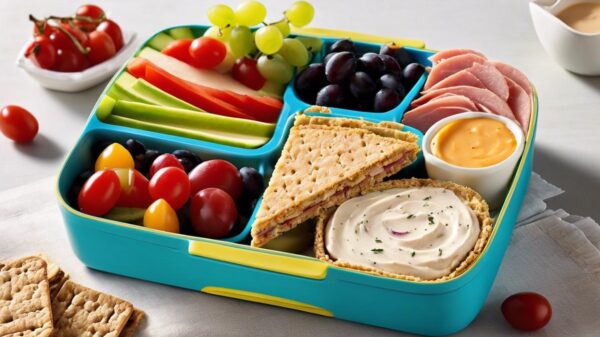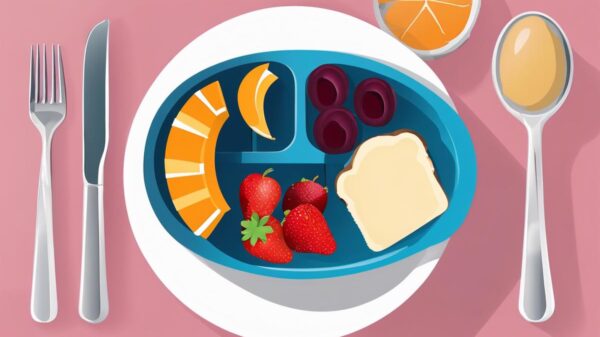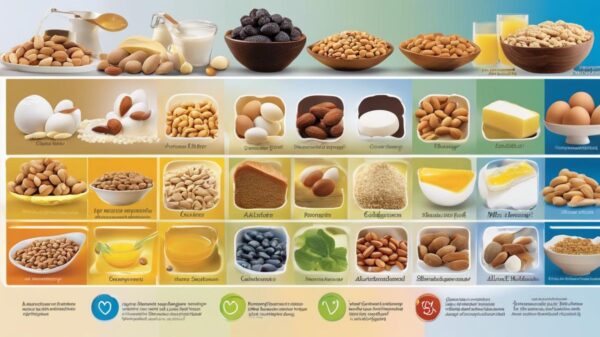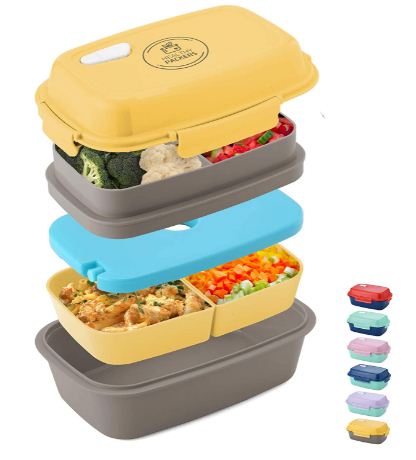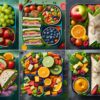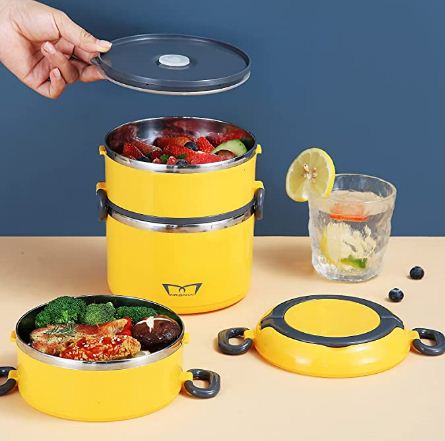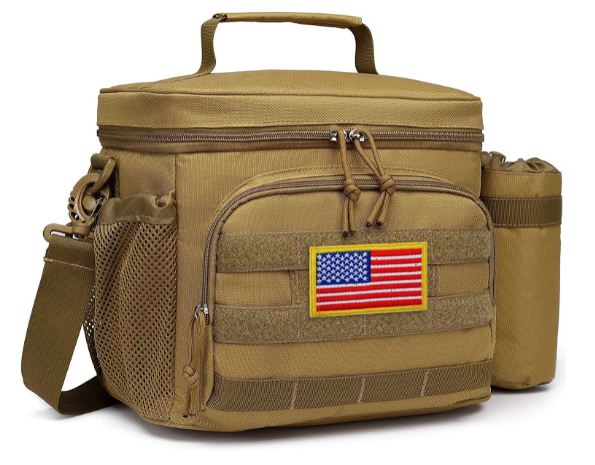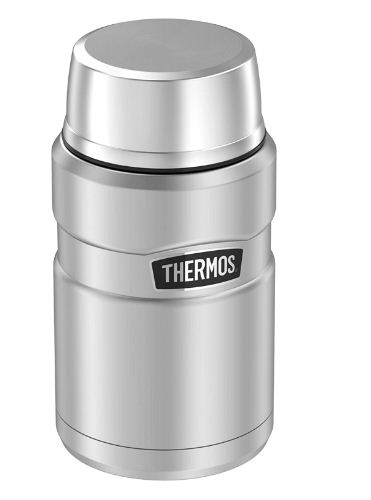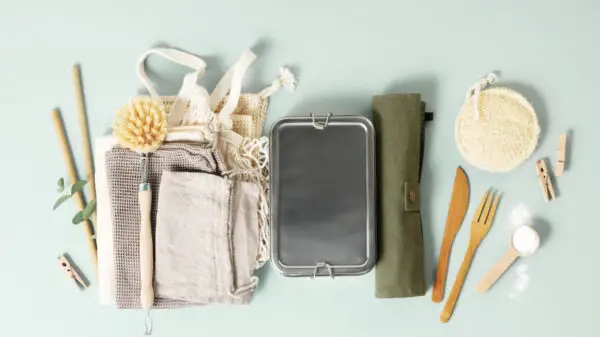Best Material For Lunch Box
There are many different types of material to choose from when you’re in the market for a new lunch box, but the best material for lunch boxes will be durable and easy to clean. Most high-quality lunch boxes and bags come in stainless steel, glass, or plastic that has been coated with an odor-resistant layer. All three are safe to use in the microwave, but plastic and glass lunch boxes are less durable than their stainless steel counterparts.

All three can be cleaned easily with soap and water, but stains on plastic and glass can be difficult to remove if they’ve had time to set.
There are many materials used to make lunch boxes, including plastic, glass, stainless steel, and insulated thermal containers. Each type of material has its own unique advantages and disadvantages. It’s up to you to decide which kind of material is best suited to your needs and preferences.
Which Material is Safe?
Stainless steel is BPA-free, which means it doesn’t contain Bisphenol A, a chemical used to make certain plastics. We’re still exploring whether it can leach other chemicals into food and drink that may be harmful. For now, you should stick with stainless steel lunch boxes and containers.
Glass is another option if you don’t mind using disposable plastic containers inside your glass container (that way your food won’t get mixed up with someone else’s). And don’t forget about plastic! There are several kinds of plastic—some of which are made without BPA and can be considered safe.
What’s the Big Deal with BPA?
BPA stands for bisphenol A, a chemical compound that has been used in plastic bottles and other food containers for decades. Some scientific studies have found links between BPA exposure and diseases such as heart disease, asthma, cancer, diabetes, and obesity.
However, many experts say more research is needed to determine whether BPA is actually harmful. To play it safe, try to use stainless steel or glass containers when possible. Just make sure to avoid microwaving any of these materials if you’re heating food or drinks in them! Check out our guide below to learn more about some of your lunch box options
Other Concerns About Plastic
While glass and stainless steel are generally considered to be safe options, many consumers also avoid plastic. Plastic lunch boxes can sometimes retain stains and odors from food, which isn’t very appealing.
This is more of a problem with certain plastics than others; however, it should still be taken into consideration when choosing your material. If you’re worried about odor retention or want to avoid BPA plastic (which could pose health concerns), there are many other great materials to consider.
Is Metal Really Safer?
One thing to consider is that metal lunch boxes, although easy to clean, are also easy to drop or otherwise damage. If you’re traveling or carrying something fragile, a metal box could easily become scratched or damaged and therefore compromise food safety.
So while metal is durable and easier to clean than plastic, it’s not necessarily safer than plastic. There is no such thing as a completely safe lunch box—no matter what material it’s made from! The most important thing is to practice safe hygiene and keep your hands away from your mouth before handling any kind of food container.
Should you Choose Glass?
Glass is durable and easy to clean, but it retains color and odor. The more you use your lunch box, the more it will smell like whatever was in it last. Plastic is better than glass at not retaining odors, but if you microwave plastic and then cut into it (like with a fork), then that plastic can leach into your food—yuck!
BPA-free plastics are best for microwaving. If you’re concerned about chemicals in your food or liquids, stainless steel is an excellent choice. It doesn’t retain odor or color and it’s generally considered safe to use every day.
The conclusion is which is the Best Material For Lunch Box
The best material for your lunch boxes is the one that will suit your lifestyle best. If you want a bag that can be microwaved, a plastic or glass container may be your best choice.
If you prefer a lighter and more durable option, stainless steel lunch boxes should fit that bill nicely. However, the bottom line is this: if your lunch box doesn’t last long, no material is the best material.
Ideally, you will choose the right material for lunch boxes based on your personal preferences and needs. Stainless steel will be the most durable, but it is also likely to be heavier than a plastic or glass lunch box. Plastic and glass lunch boxes are much lighter and more portable, but you should be prepared to give them a thorough cleaning on a regular basis.
Related Post
What Are Lunch Boxes Made Of? A Look At The Materials Used To Make

